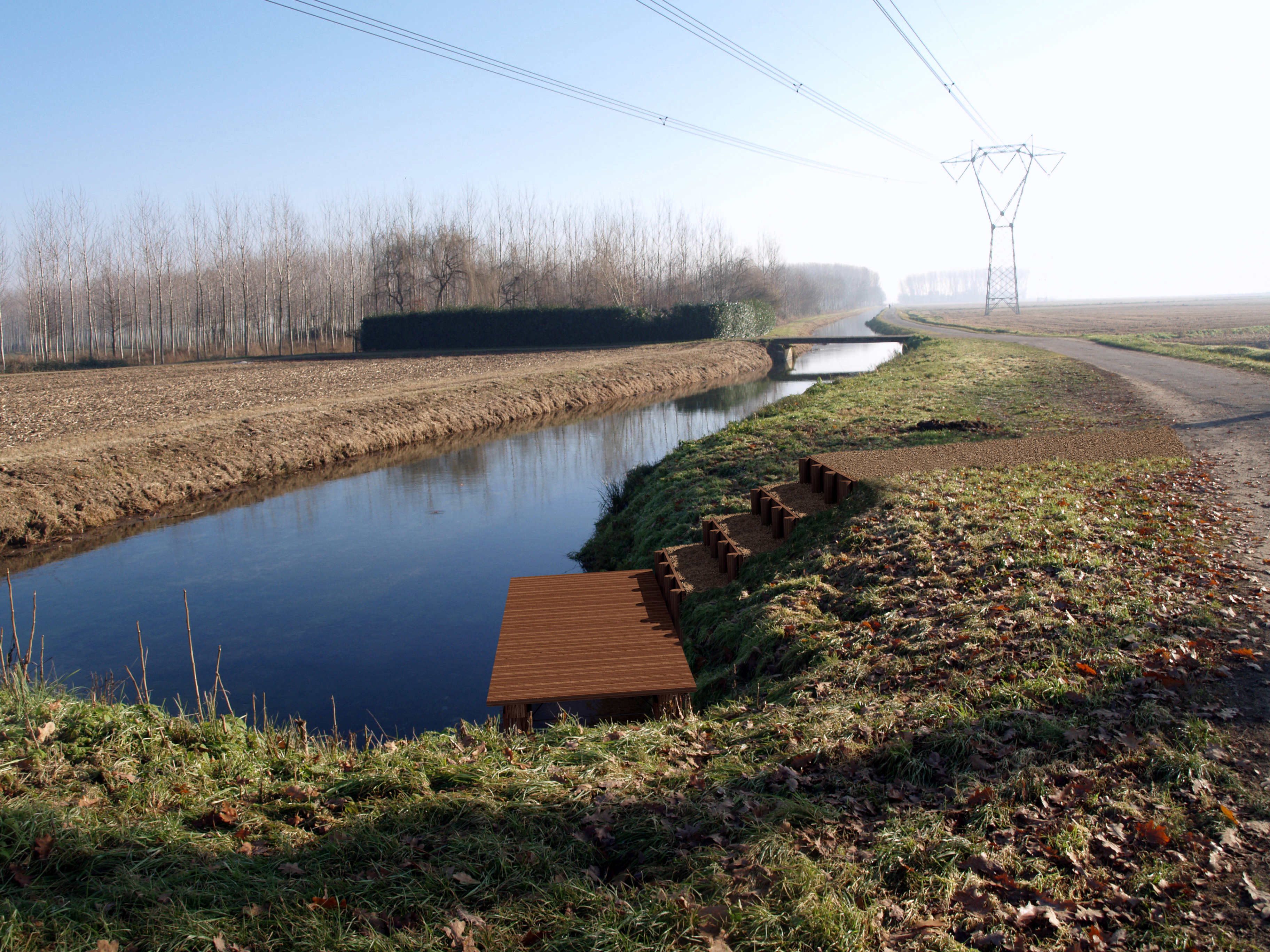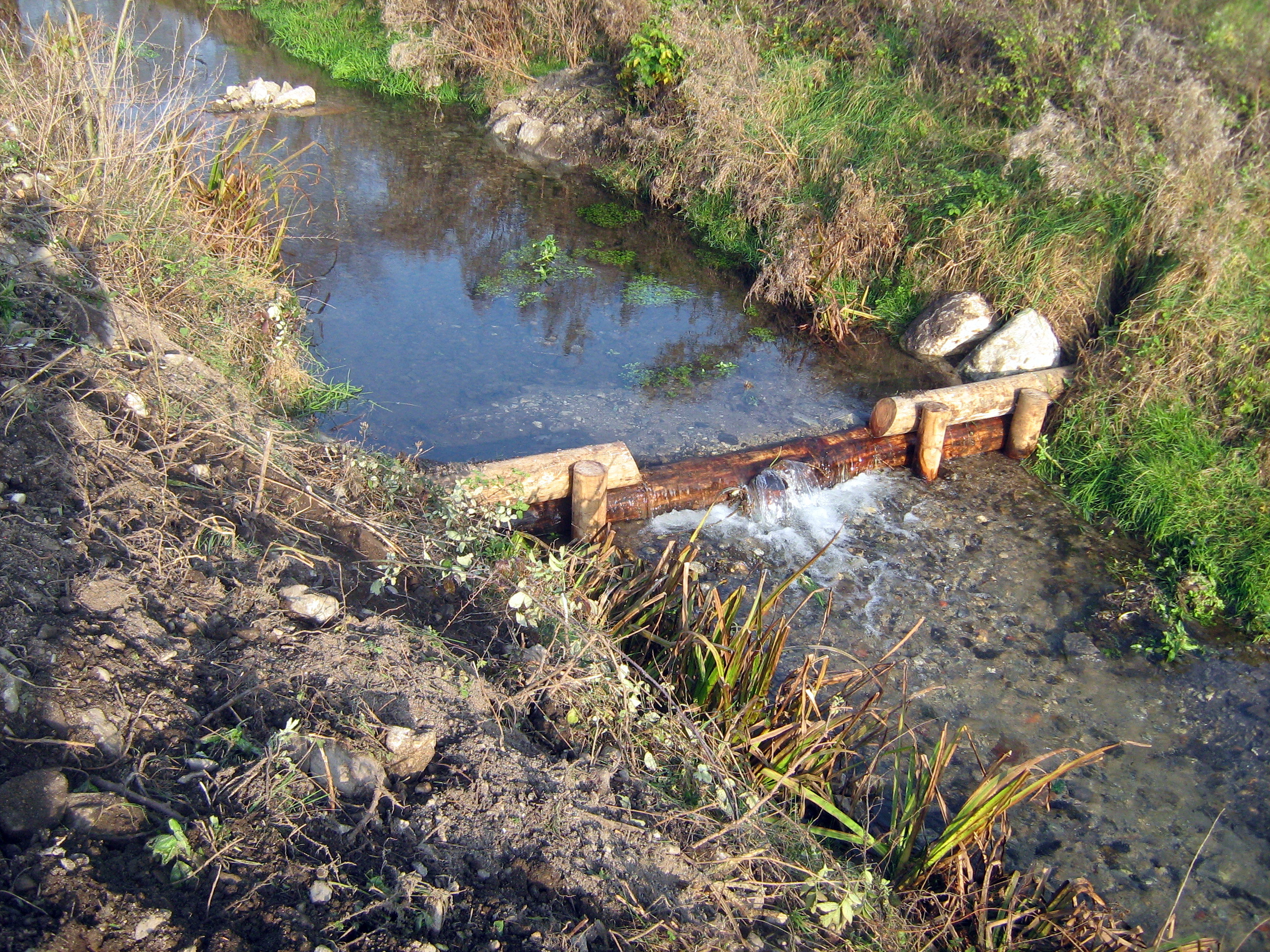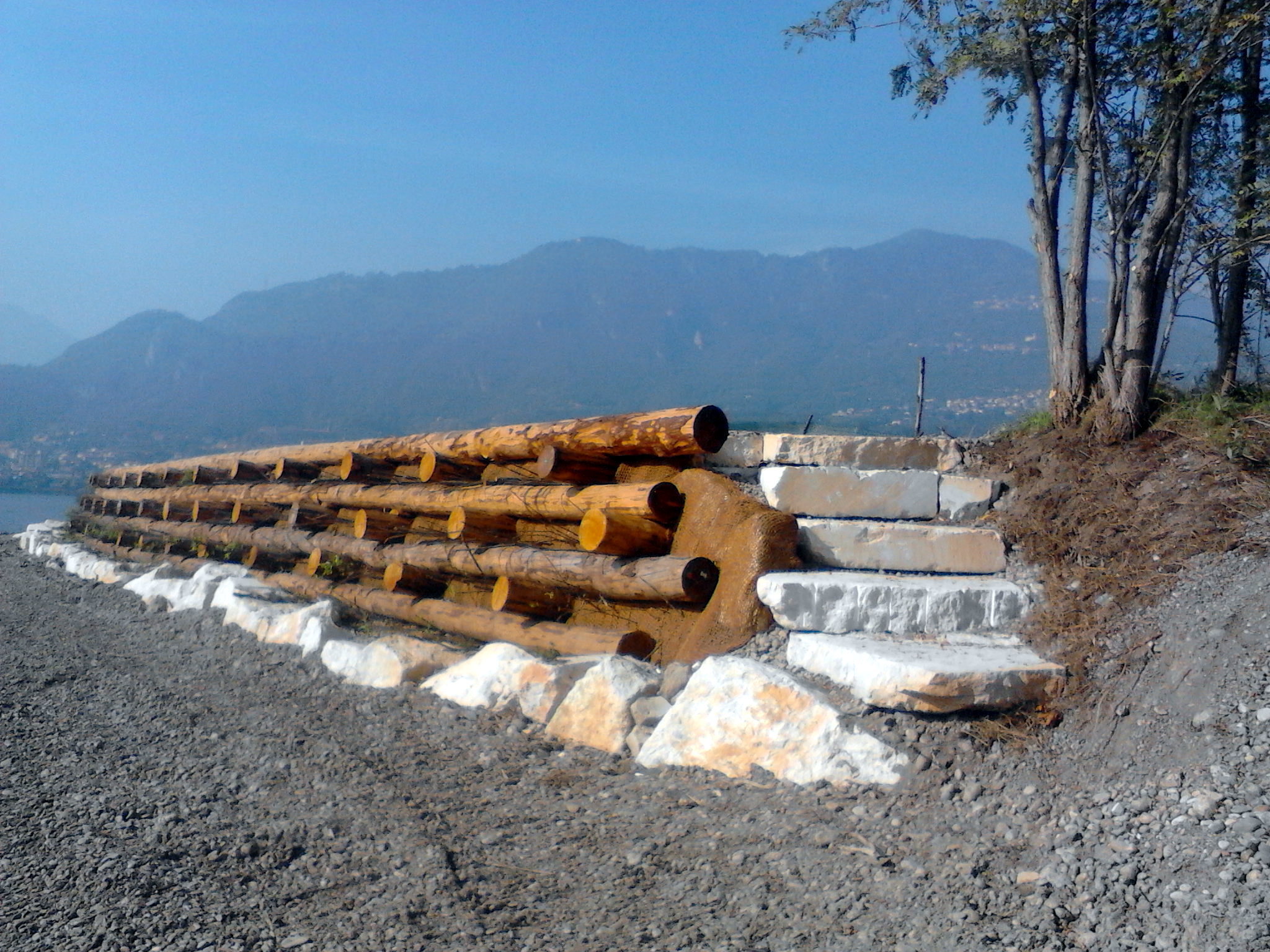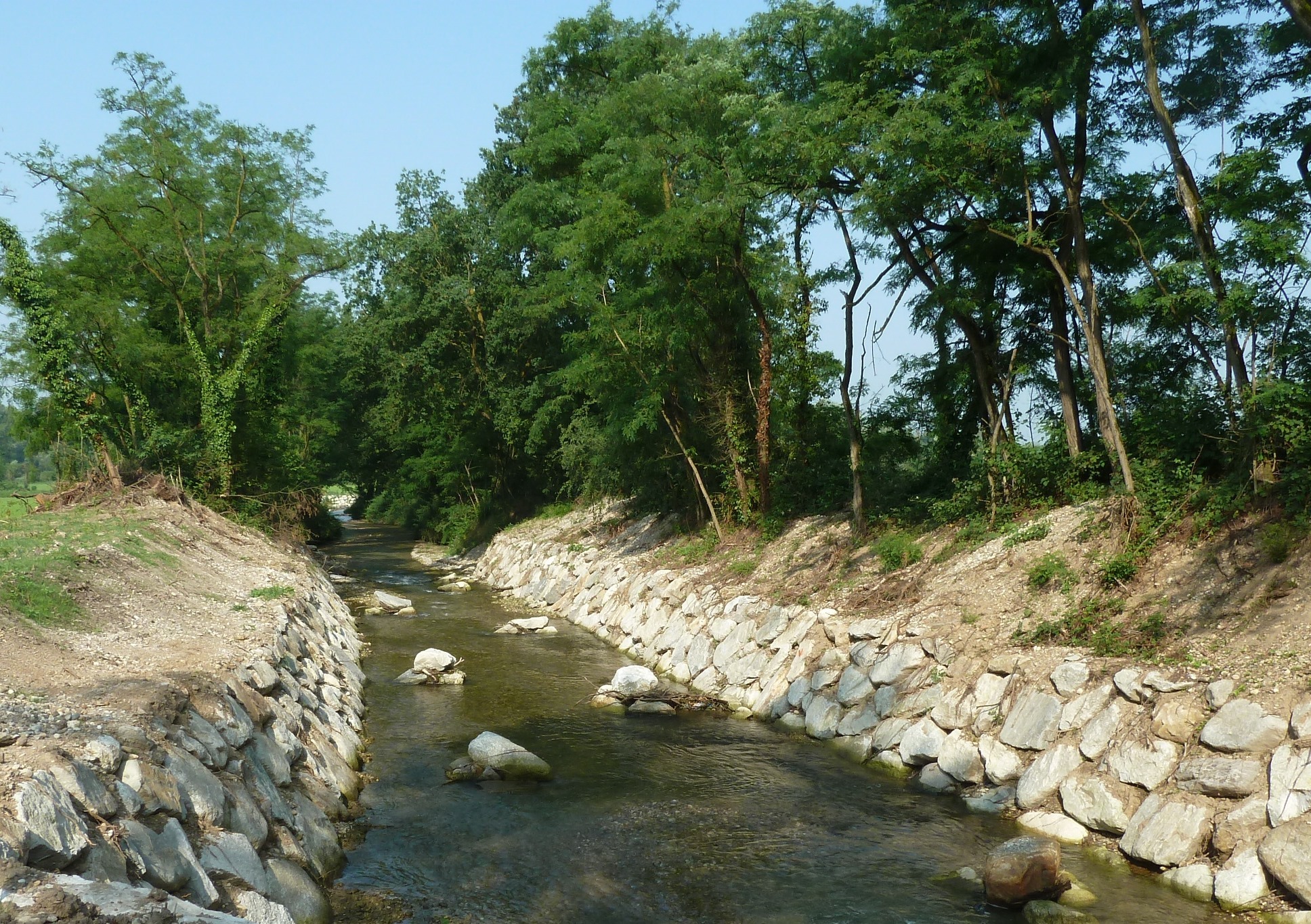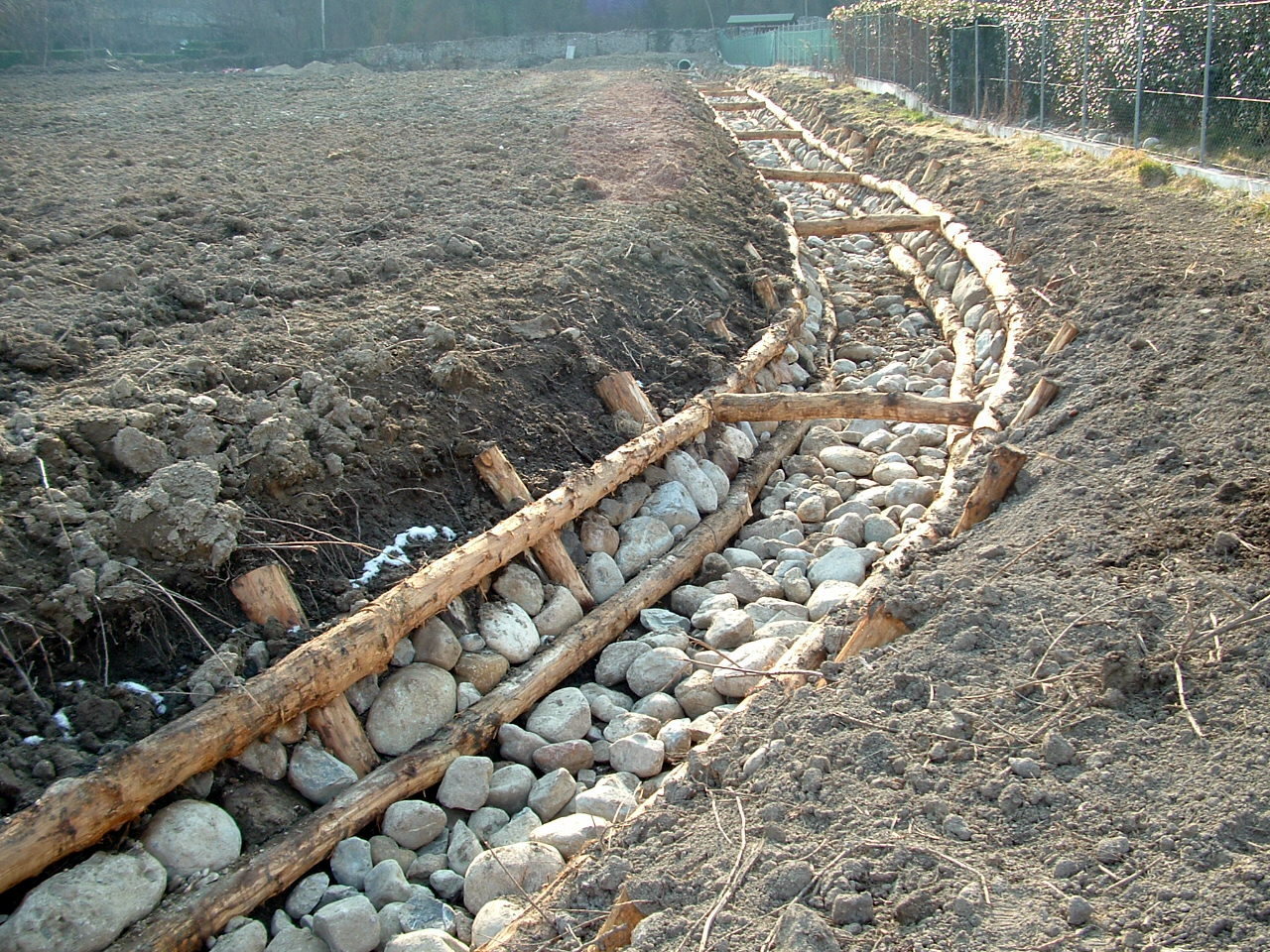The use of models in the field of environmental management is now fundamental and of primary importance, especially concerning environmental impact assessment. Through these systems is, in fact, possible to make forecasts on the effects that some works can have on the environment and on biocenosis, sometimes the result is precise quantifications, for instance, in terms of loss of aquatic habitat caused by a water derivation or increase of concentration of polluting agents introduced in the atmosphere by a waste gas. The usefulness of these instruments in planning effective strategies for the limiting of the impacts taken under examination and in obtaining a fair cost-benefit ratio is clear.
The application of these models asks for a preliminary study of the working modalities of the works of which it is asked to forecast the effects (i.e. entity, duration in time and composition of a drain, or entity and time modality of water sampling), flanked by a detailed definition of the environmental reference framework (particularly the component that needs to be assessed, i.e. aquatic ecosystems in case of a study on the effects of a water derivation). The results of the preliminary study will produce the necessary data for the implementation of the environmental models and their proper application. An experimental validation of the results of the modelling can also be carried out, if the characteristics of the project or work in exam and the ones of the environment in which they are inserted allow it, in order to have a better calibration of the model and therefore obtain a higher degree of reliability of the forecasts it supplies.

